 April is nearly done, less than a week to go. My commitment to eat no beef for two weeks every month (1st & 3rd) has been successful.
April is nearly done, less than a week to go. My commitment to eat no beef for two weeks every month (1st & 3rd) has been successful.
I will continue with this as it has certainly not harmed my diet, although I do love my beef. I have instead turned more consciously to pork, chicken and fish, which all featured in my diet as much as beef.
Quite frankly, I haven’t missed it.
One thing, it has made me more conscious when organising my shopping. Actually, I don’t organise it, I hate lists. I just go along to the supermarket with the idea of essentials and things I know that I am running out of, and make up my menu as I go along the aisles.
 It has made me aware of things like “Smart Bacon”.
It has made me aware of things like “Smart Bacon”.
If a bacon was smart, it wouldn’t end up as bacon in the first place.
Have you ever heard of this? It’s stupid. It looks terrible, it certainly looks unappetising.
Why is it smart, because there’s no fat. Actually it isn’t even bacon, it’s vege protein. People have this aversion to fat; fat makes you fat. Generally that’s bullshit!

Looks absolutely hideous
Animal fat is natural in modest quantities. It’s where the flavour of meat is.
The people who have created the myth that animal fat makes you fat are the companies that sell cooking oil, vege cooking lard, margarine, etc. It has nothing to do with reality, but everything to do with making money.
It’s the same as the myth about cholesterol. Every cell in your body needs cholesterol to reproduce. The doctors who tell you that you must reduce your cholesterol are doing the dictates of the BigPharma companies who make and sell drugs to reduce cholesterol. Sure you can accumulate too much, but the levels that the doctors use are well below what you need. So many people are scared into taking these drugs needlessly.
I did meet last week’s CTWW, not a paper towel, nor serviette used.

Click on the banner for the full post
On with this week’s CTWW.
We’re visiting the toilet again.
I call it a toilet, some countries euphemistically refer to it as the ‘bathroom’ or a ‘restroom’. To call it by its real name offends their warped sensibilities; they are to afraid to refer to anything that promotes/suggests certain body parts or bodily functions. I wonder who these paranoid people are?
A restroom, for pities sake! I have never rested in one yet.
This week, use less toilet paper. Rather than just pull it off the roll, count out no more than 6 sheets per use. If you accepted this challenge the last time we ran it, and did well, see how low you can go.
OR …
If you are already a toilet paper conservationist or have switched to cloth (oh yeah, some use cloth toilet paper), please share other ways that we can conserve paper.

A bidet
Well, the first part is easy.
I have long adopted the European/South American bidet-style of washing my bum after an initial wipe with two pieces of toilet paper. to get rid of the ‘dags’*.

Sprays the nether regions with warm water
I don’t actually have a bidet, but my shower has a hose with a rosette nozzle that does the job fine.
You can get kits to attach to your cistern, but that is a cold water job.
The cost of such a kit, would soon be offset by the saving in toilet paper.
Washing your bum is certainly a lot more hygienic than smearing faeces across you skin then wiping hard using a lot of paper to make them disappear.

A bad case of dags
*dags – the crap encrusted wool that dangles behind a sheep.
Hence the phrase, “Rattle your dags” when you want someone to hurry up. Because when a sheep so endowed runs, sometimes the hardened dags actually rattle.





 This week we’re going to look at South America again, Brazil, in fact.
This week we’re going to look at South America again, Brazil, in fact.






















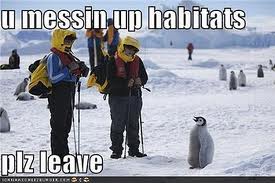








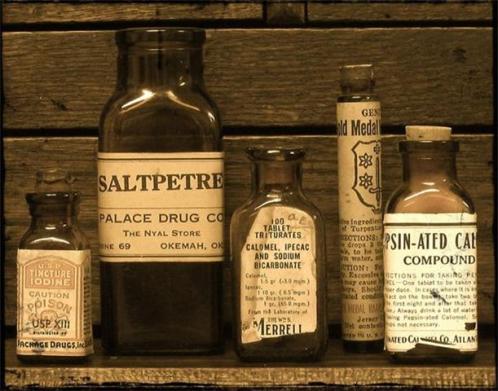

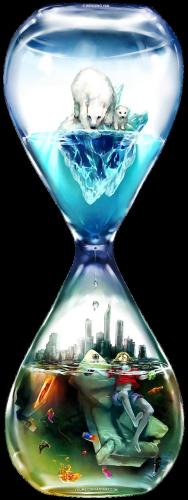
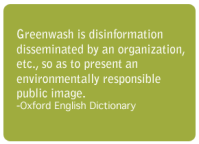
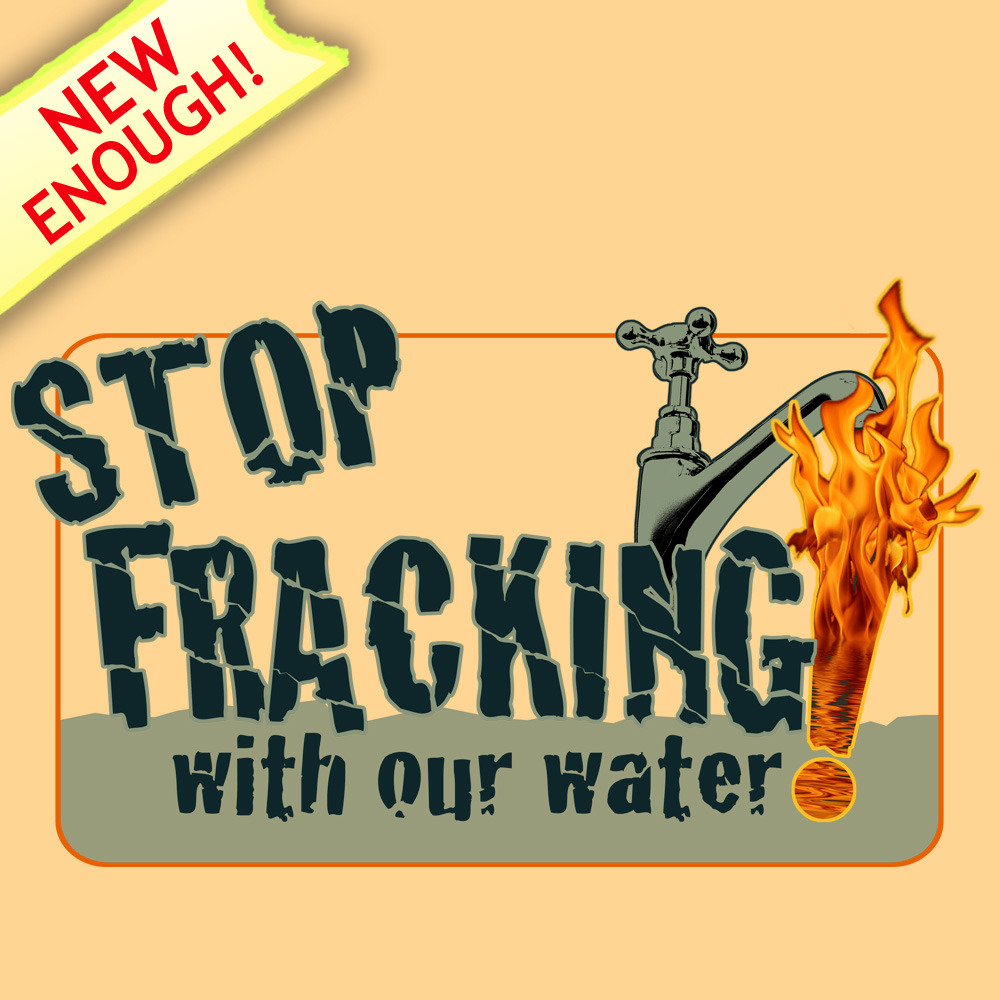

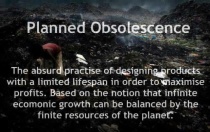


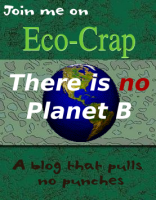


Recent Comments